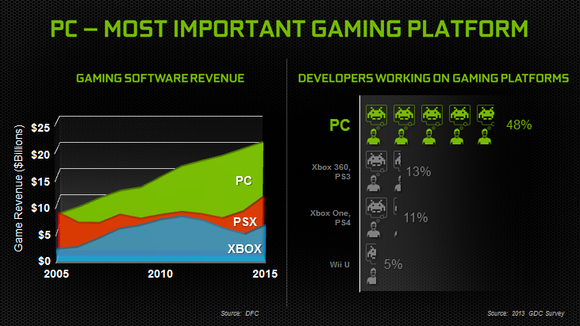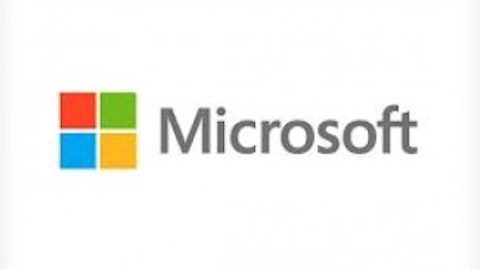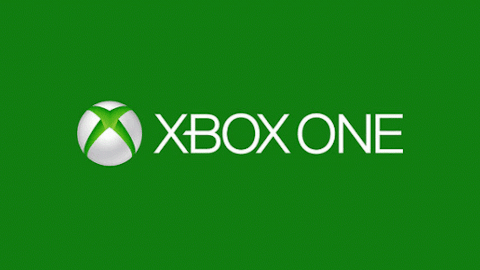The folks at graphics-chip specialist NVIDIA Corporation (NASDAQ:NVDA) has certainly been busy of late. In fact, NVIDIA stock is currently trading within 6% of its 52-week-high after the company released solid first-quarter results last month. The month before, NVIDIA Corporation (NASDAQ:NVDA) management announced plans to return at least $1 billion to shareholders in the form of dividends and NVIDIA stock repurchases by the end of this year.
In addition, so far in 2013, NVIDIA Corporation (NASDAQ:NVDA) has already unveiled both its new Tegra 4 and Tegra 4i LTE mobile processors, outlined roadmaps for more powerful processors going forward, and is close to releasing its own handheld gaming platform, Project Shield.
Anytime, anywhere
What’s more, in addition to Shield, the company has released a number of other GRID-enabled products to support its end goals of being able to remotely provide a superior cloud-based graphics experience no matter what the capabilities of your particular device.
Even so, that doesn’t mean NVIDIA Corporation (NASDAQ:NVDA) won’t also support other dedicated gaming consoles, such as Microsoft Corporation (NASDAQ:MSFT)‘s coming Xbox One, which largely competes with NVIDIA’s long-term vision. Remember, a little over two weeks ago, I noted that NVIDIA Corporation (NASDAQ:NVDA) seemed curiously eager to help make games even better for Microsoft’s new Xbox One console.
After all, the company had just officially announced support for its PhysX and APEX software development kits for the Xbox One, which will certainly make it easier for the console’s game developers to effectively simulate the real-world physics and movement of objects in their games.
Loyalty where it really counts
Now, in a company blog post Thursday, NVIDIA has taken the opportunity to point out some of the ways game developers have grown to rely on NVIDIA’s technology for making the most immersive game titles possible.
For example, at the E3 conference this week, Tony Tamasi, NVIDIA’s senior vice president of content and technology, reminded the audience that NVIDIA employs more than 200 dedicated gaming engineers who work closely with game developers, and whose “inventions are woven into more than 56% of AA or better games. And NVIDIA now owns more than 66% of the market for the discrete GPUs powering the most sophisticated PC games.”
More specifically, here’s a nice little graphic from the company which breaks down some of those “inventions” with NVIDIA’s GeForce “Works” technology, including modules focusing on movement as specific as hair, clothing, particles, turbulence, light rays, and water:

Image source: NVIDIA.
Perhaps most impressive, however, is NVIDIA’s aptly named Faceworks tech, which aims to capture every facet of how our faces … ummm … work.
In fact, just last month NVIDIA made available a Faceworks demo for anyone to download and play with on their own PC. To save you the trouble, though, check out this video of company CEO Jen-Hsun Huang showcasing Faceworks at the company’s GTC Conference this past March:
So why does this matter?
Given these incredible technologies, and with the majority of the PC market using NVIDIA’s solutions, Tamasi followed up with the following graphic to illustrate how PC is still by far the most important gaming platform in terms of both revenue and developers actively working on games for each platform:

Image source: NVIDIA
Of course, with both Sony Corporation (ADR) (NYSE:SNE)‘s PlayStation 4 and Microsoft Corporation (NASDAQ:MSFT)’s Xbox One to be released in time for the holiday season this year, you can bet that gap will narrow going forward.





